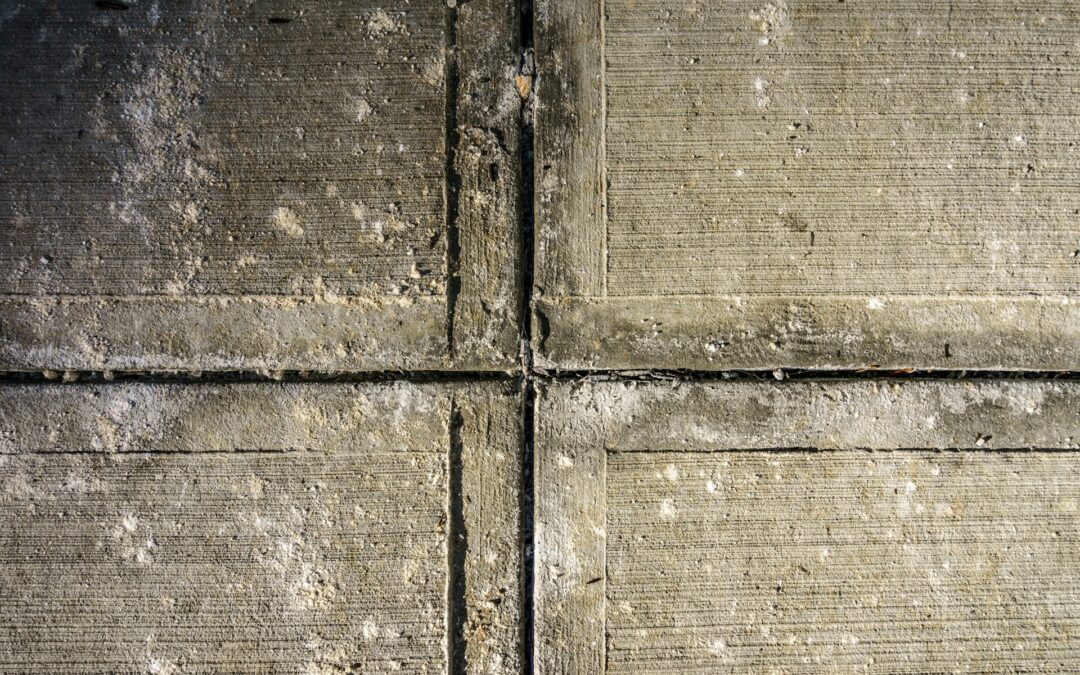Sinking concrete can be troublesome for homeowners, leading to unsightly spaces and potential tripping hazards. It doesn’t just look bad; it can also compromise the safety and value of your property. Concrete sinks for a variety of reasons, oftentimes due to soil and moisture conditions. Awareness of the signs and understanding prevention techniques is essential for any homeowner.
Discover the causes, signs, and solutions for sinking concrete. Taking the right steps today ensures a safer, more stable tomorrow for your home. Whether it’s your driveway, patio, or sidewalk, preventing sunken concrete is easier when you know how.
Causes of Sinking Concrete
Sinking concrete can arise from several factors that undermine its stability. One common reason is the shifting of the soil beneath the concrete. The concrete can settle unevenly when the soil expands or contracts due to moisture changes. This often happens when water washes the soil away, or clay-based soils swell and shrink with wet and dry weather.
Environmental and soil factors play a significant role in this process. Heavy rainfalls and poor drainage systems can pool water under concrete surfaces. Over time, the water erodes the supporting soil. Seasonal temperature changes can also affect the ground, causing frost heave, where soil swells when it freezes, pushing and settling the concrete.
Construction-related issues also contribute to sinking concrete. If the initial ground preparation is not done properly, such as inadequate soil compaction before pouring concrete, the foundation may not be secure. Similarly, using the wrong concrete mix or not allowing it to cure correctly can weaken the structure.
Recognizing these causes helps in planning and implementing suitable preventive measures. Understanding why concrete sinks is the first step in effectively addressing and preventing the issue.
Warning Signs of Sinking Concrete
Identifying the warning signs of sinking concrete early can prevent larger issues from developing. Visual cues are often the easiest way to spot trouble. Look for cracks on the surface, especially those that widen over time. Gaps between concrete sections, like those seen in driveways or patios, indicate movement underneath.
Watch for patterns, such as concrete slabs’ edges that are higher than the center, which suggests the middle is sinking. Uneven surfaces and pooling water indicate that the concrete may no longer be level. These signs affect the appearance and pose risks like tripping hazards.
The impact of sinking concrete on a property is more than superficial. It can challenge the structural integrity of nearby buildings and lead to water drainage issues. If not addressed promptly, this can result in costly repairs over time.
Early detection matters for two simple reasons: it saves money and mitigates risks. Addressing sinking concrete as soon as warning signs appear prevents damage from spreading and ensures the safety and aesthetics of your space. Regular inspections help identify these signs early, allowing for timely intervention and maintenance.
Effective Prevention Strategies
Preventing sinking concrete starts with effectively managing water. Proper drainage is crucial. Ensure that gutters and downspouts direct water away from concrete surfaces. Installing drainage channels can help prevent water from collecting around the concrete, reducing erosion risk.
Soil stabilization also plays a key role. Before construction, compacting the soil correctly provides a solid base for the concrete. If you’re in an area with unstable soil, consider using additives or treatments that increase soil strength. These help keep the ground steady and support the concrete well.
Regular maintenance practices keep your concrete surfaces stable. Inspect concrete areas frequently. Look for signs of water pooling or small cracks and address them early. Seal any visible gaps to prevent water infiltration. Even small repairs can prolong concrete life and save money in the long run. Following these simple prevention strategies keeps your concrete sturdy and safe.
Repair Options for Sinking Concrete
There are several repair methods available for fixing sinking concrete. One common technique is slabjacking, which involves injecting a mixture beneath the concrete to lift it back into place. This method restores the level surface and fills any voids underneath.
Mudjacking is another approach, similar to slabjacking, but uses muddy slurry to achieve the lift. For more severe cases where support is needed, piering might be necessary. This involves pushing metal piers into the ground to stabilize the concrete from below.
Each solution has its pros and cons. Slabjacking and mudjacking are less invasive and more affordable, but may not last as long in areas with unstable soil. Piering provides a permanent solution but requires more time and cost. Choosing the best method depends on your specific needs and conditions.
Understanding these repair options helps make an informed decision ensuring long-lasting results.
Conclusion
Sinking concrete poses challenges, but understanding the causes, recognizing warning signs, and applying effective prevention strategies make all the difference. When repairs are necessary, knowing the available options allows you to make the best choice for your situation.
Addressing concrete issues promptly maintains safety and aesthetics while preserving property value. With a proactive approach, you can keep your concrete surfaces stable and in good condition.
Contact Lift-Texas Construction today to explore how we can help prevent and repair sinking concrete. Our team of experts offers dependable concrete lifting solutions tailored to your needs, ensuring the safety and longevity of your concrete surfaces. Reach out to us and take the first step toward stable foundations and peace of mind.

